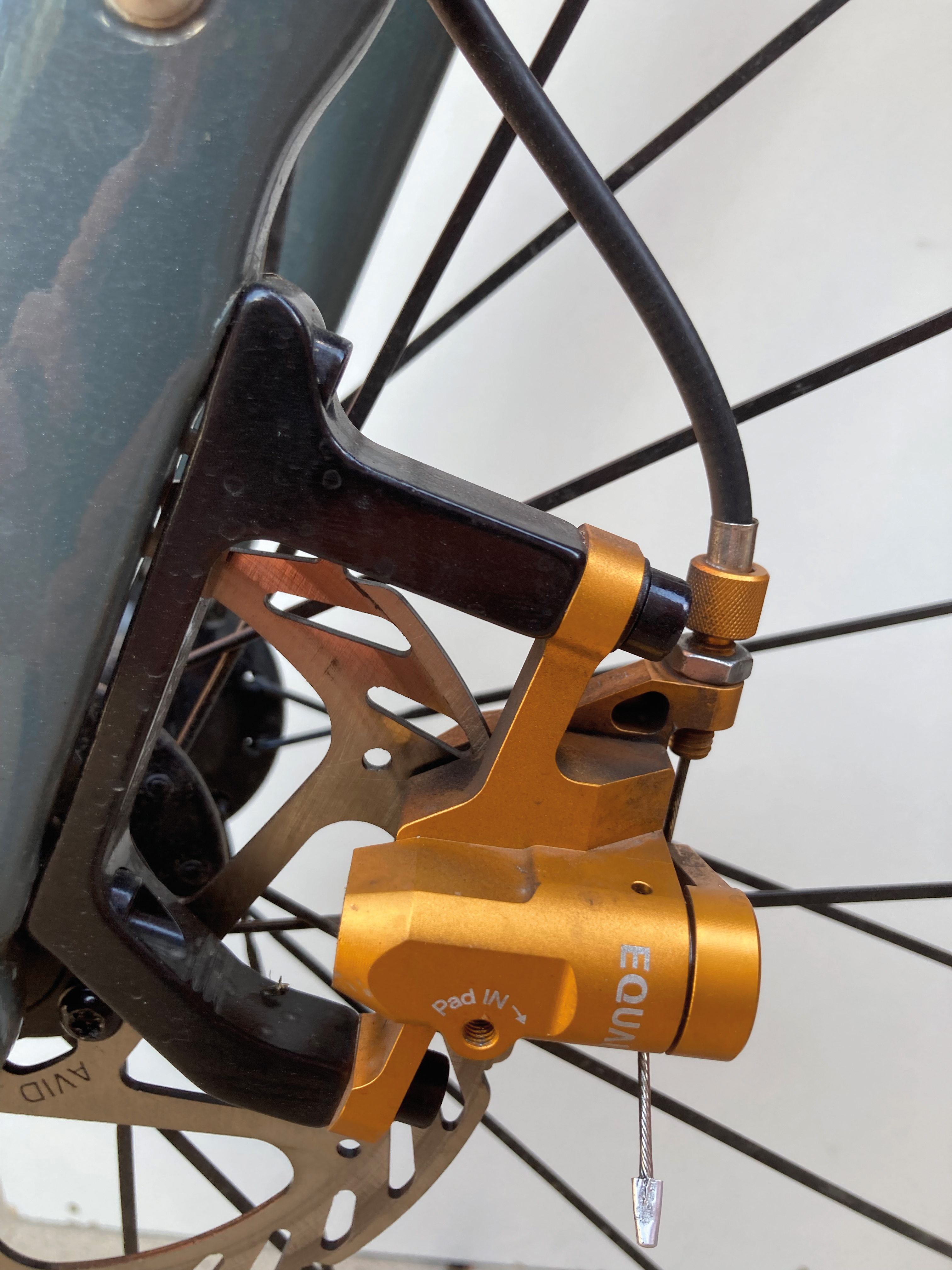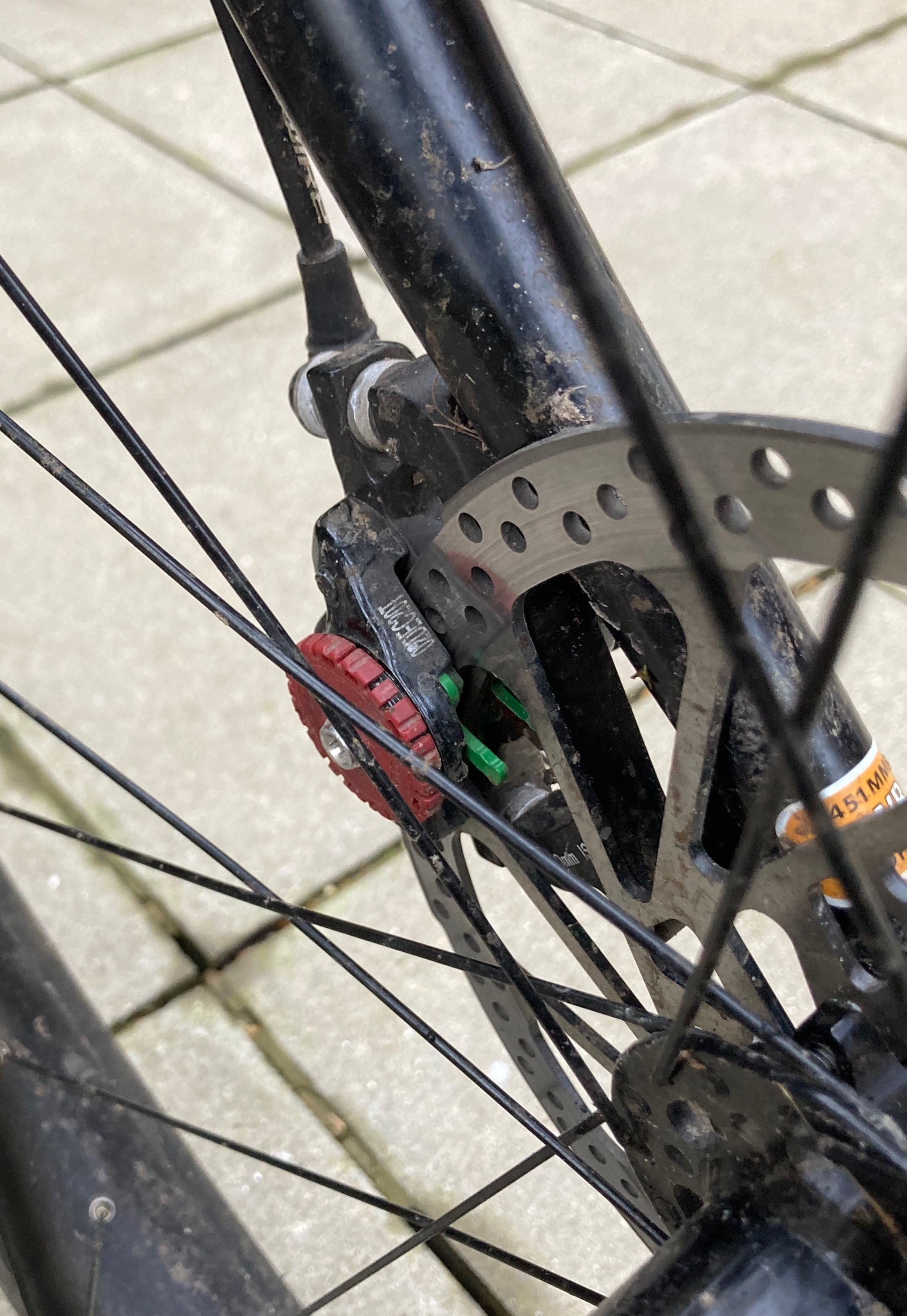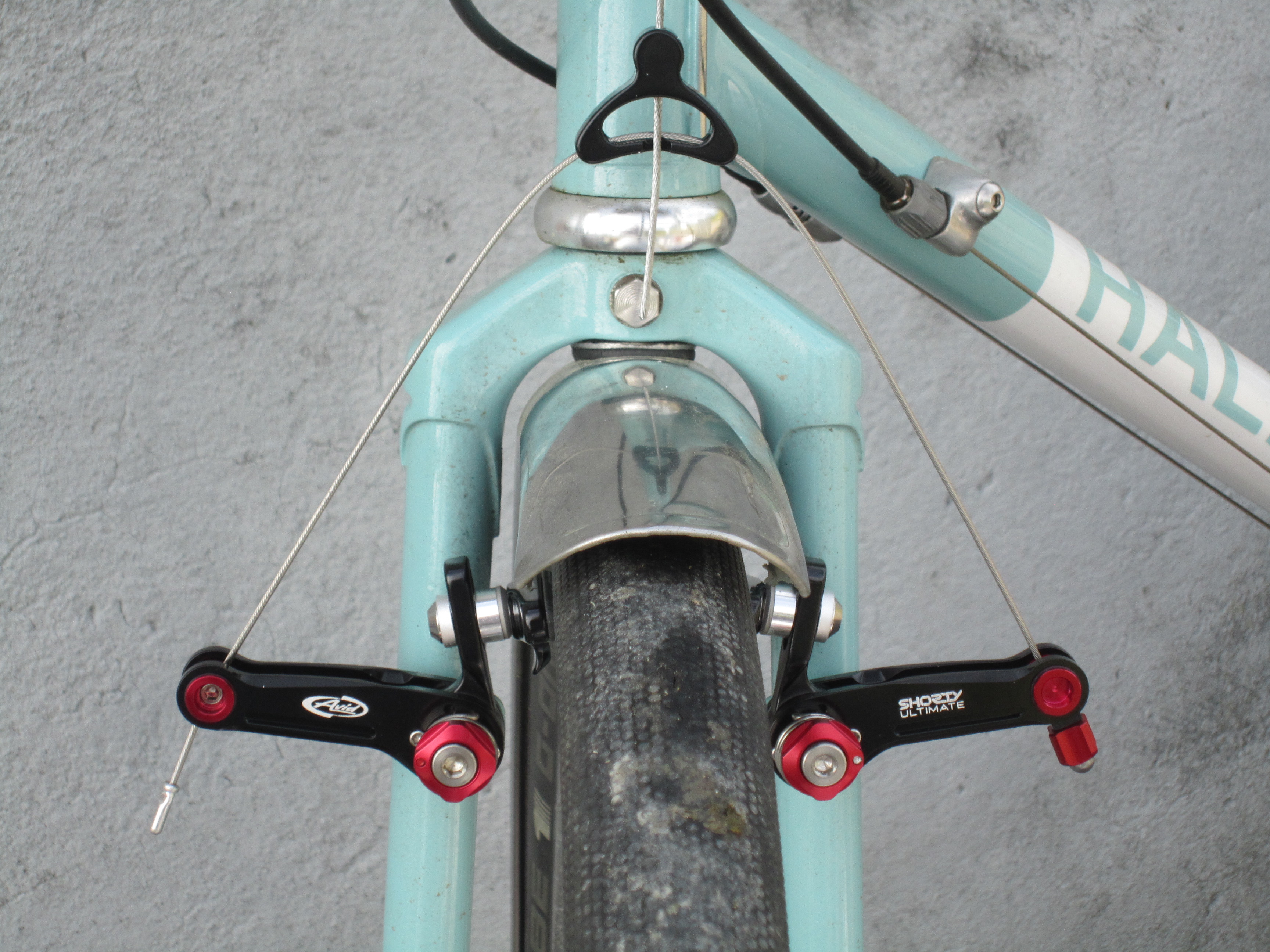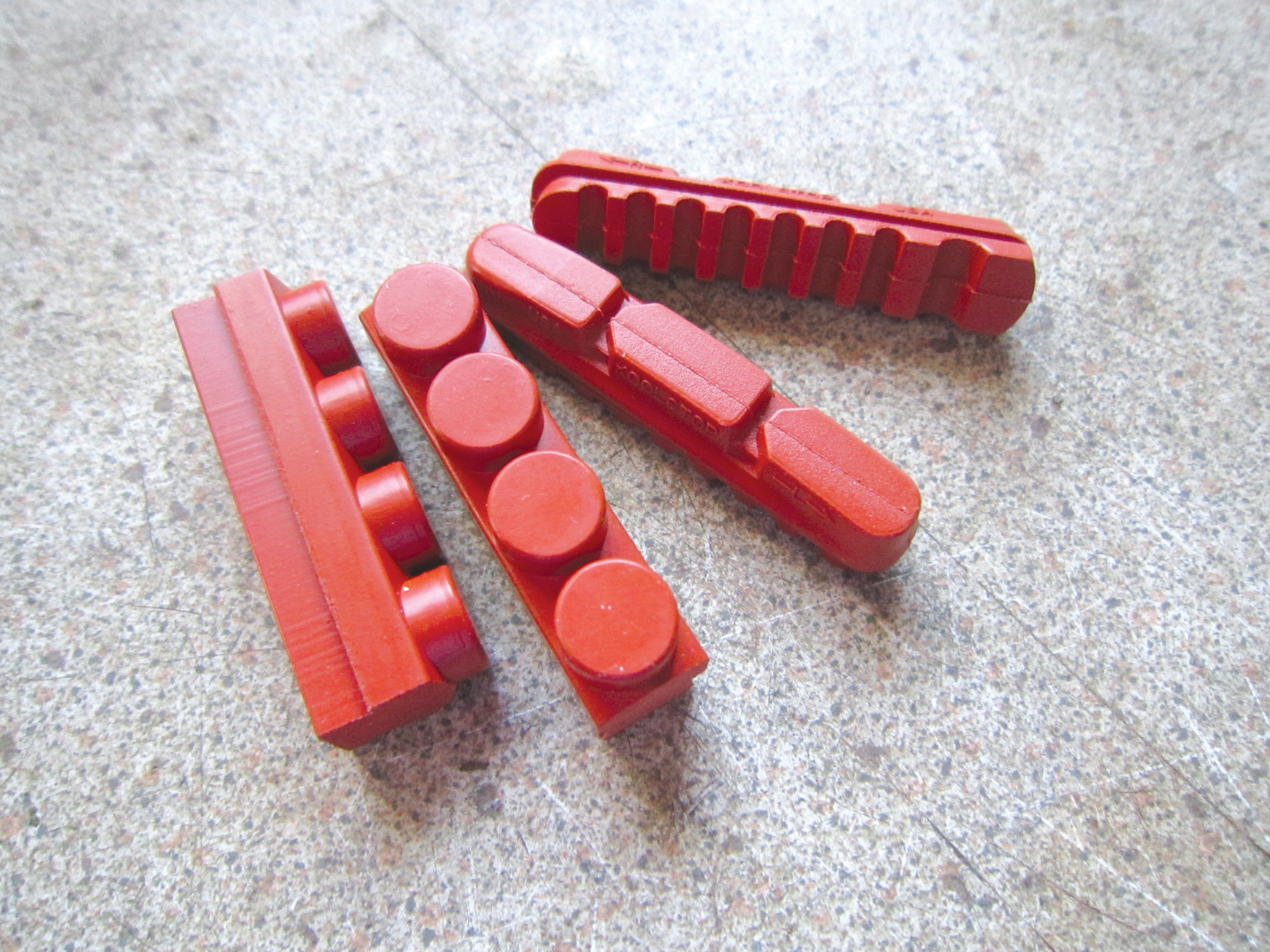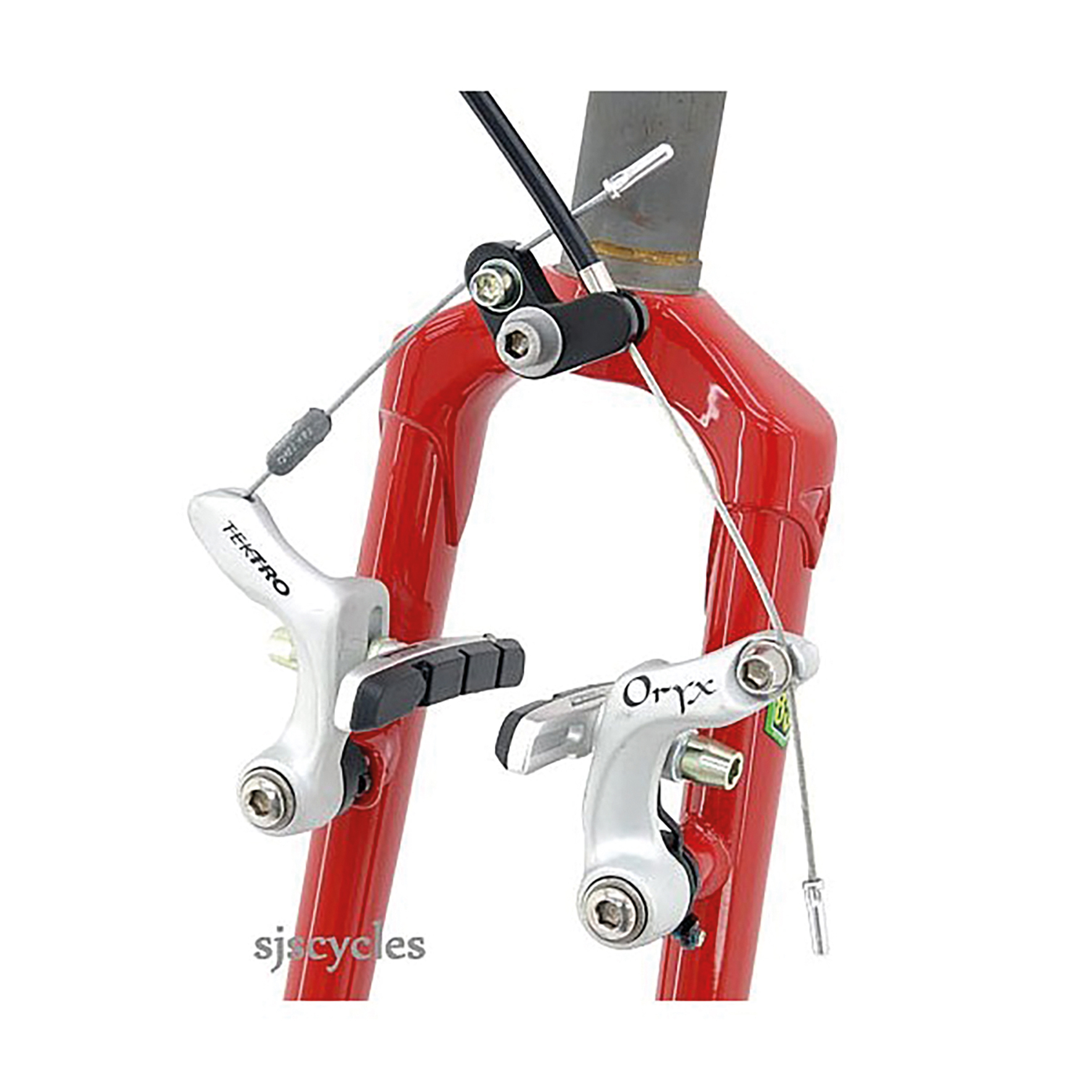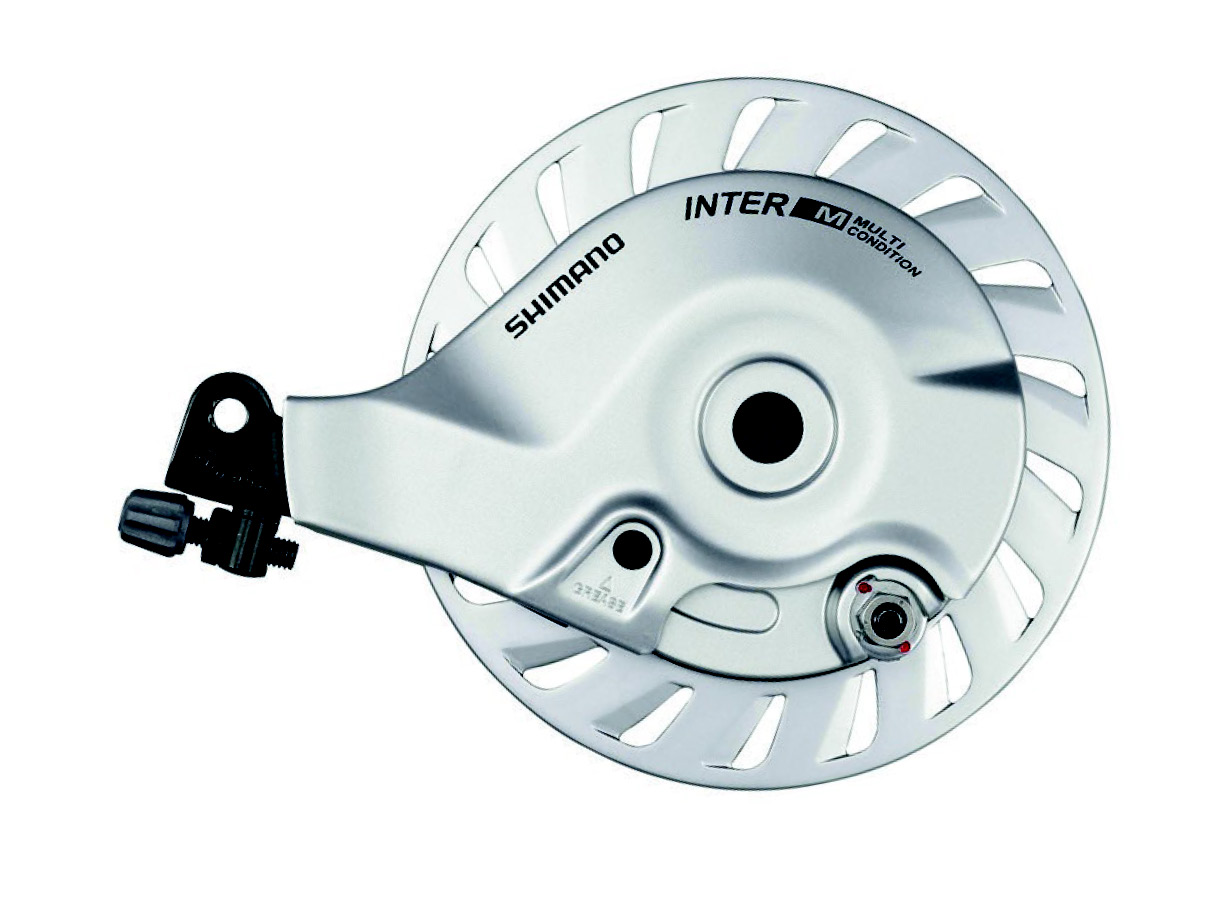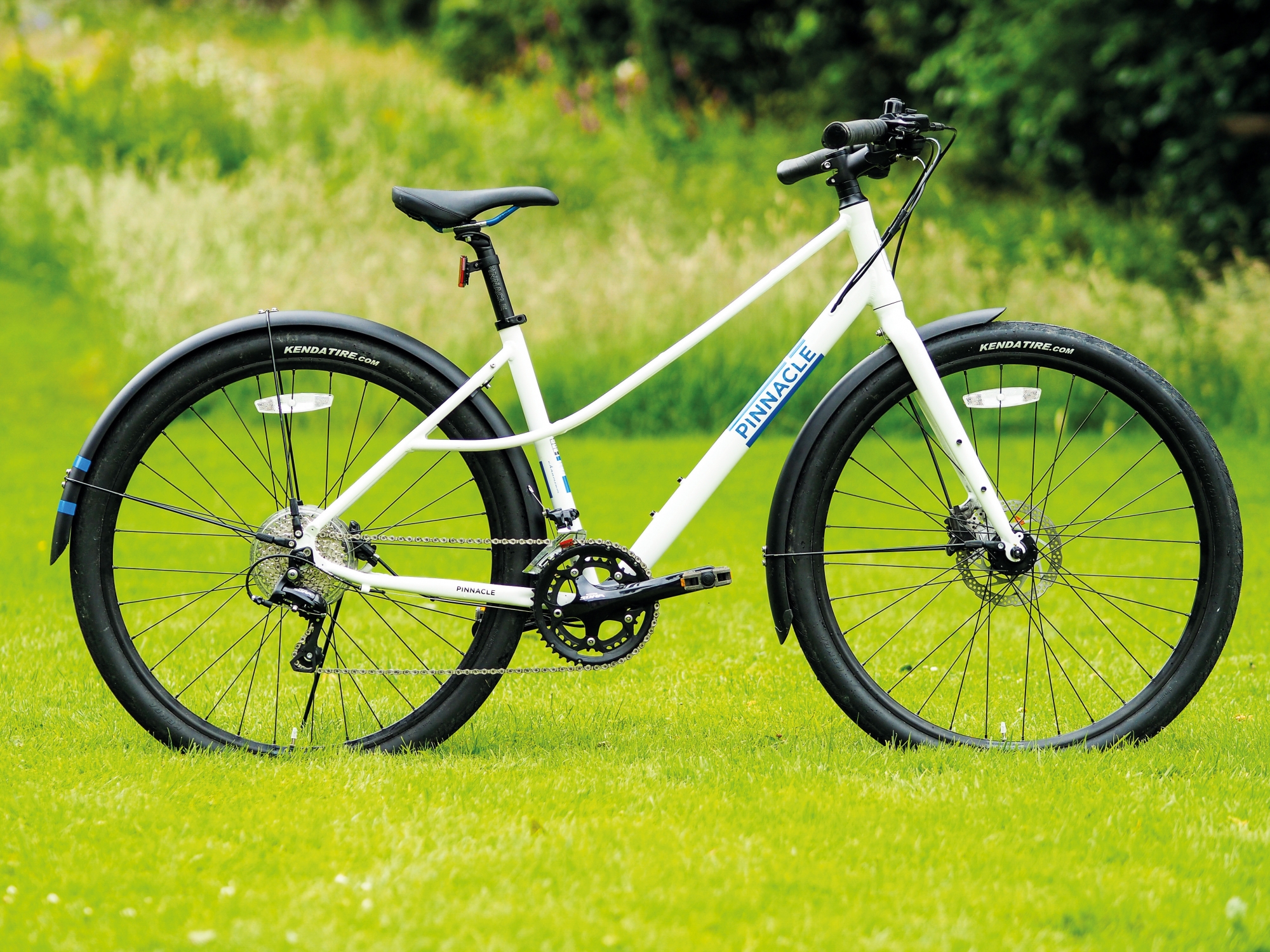Group test: Cantilever brakes
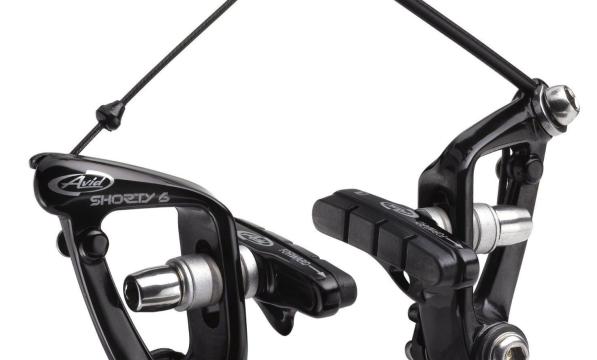
Cantilever brakes are the traditional stoppers for touring and cyclocross bikes. They offer clearance for wide tyres and mudguards, or wide tyres and mud, and they’re lightweight and simple.
They can offer immense braking power, which is why they are widely used on tandems, but they need careful setup to give their best. Straddle wire angle makes a big difference.
A cable adjuster and brake cable hanger are needed somewhere, not necessarily together. Traditionally, the front brake hanger sits above the top headset bearing.
The problems this may cause with judder associated with steerer tube flex can be addressed, stirrup-height permitting, using an ‘uphanger’ bolted to the fork crown. Various attempts have been made to improve on the straddle wire, including the Tektro Powerhanger.
1 Avid Shorty 6
£39.99. Available from SRAM.
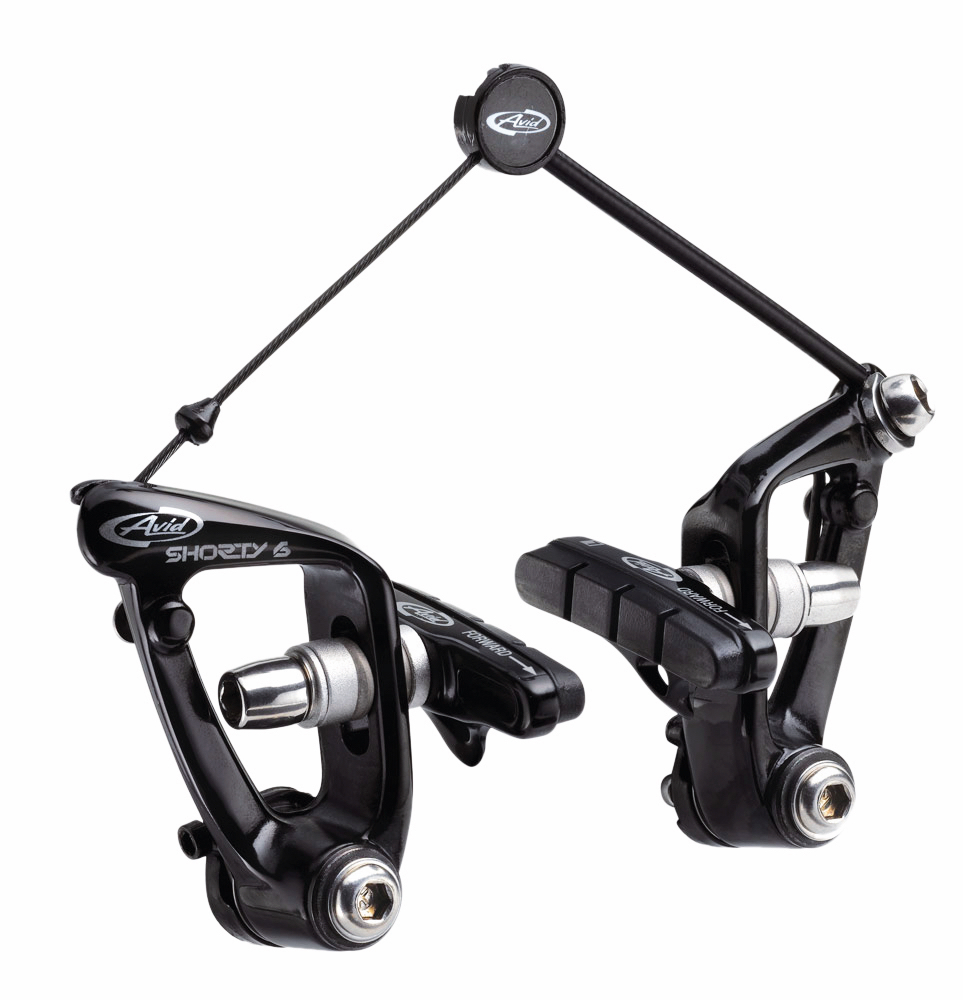
Avid’s Shorty is available in two versions: the Shorty 4, with moulded brake blocks, and the 6 tested here, which features thick, cartridge road-style blocks and a shinier finish. Both employ the same triangular arm profile.
The name presumably refers to the spar formed by the top side, which looks, but is not, significantly shorter than usual for a low-profile design. Presentation is first class, with stainless steel fittings and smooth, play-free bushings in the pivot.
Setting block alignment proved tricky thanks to the shape of the arm’s inner face. Avid uses a Shimano-style fixed-length link-wire system and provides three sizes to accommodate differences in frame dimensions and to permit a degree of tuning; use a longer straddle wire for a ‘firmer’ feel and less power.
Performance is adequate, with a wooden feel at the lever – and my examples squealed despite careful attention to toe-in. Alternative brake locks are said to help with this.
Verdict: Neat and attractive, but so-so performance
2 Dia-Compe 999
£44.99. Available from Dia-Compe.
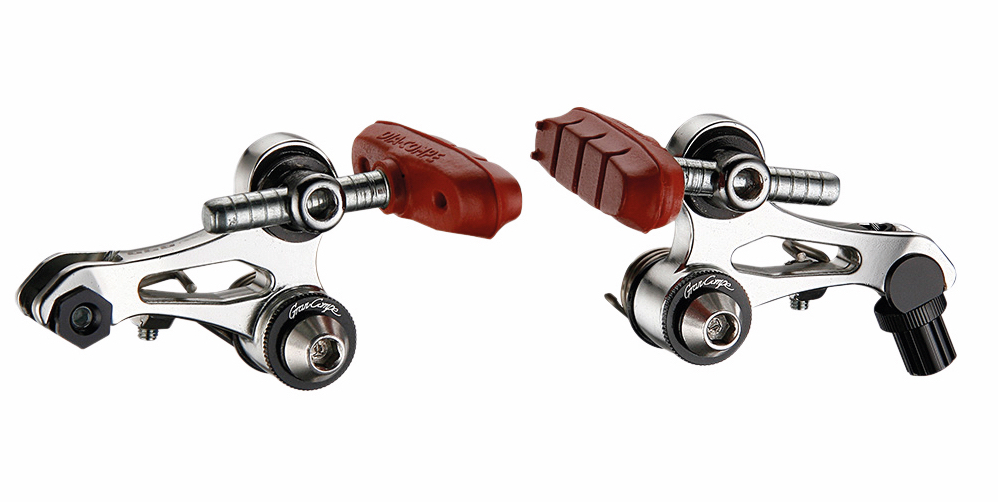
This old-school, wide-profile design looks like a reworking of the Dia-Compe 983 beloved of early mountain bikers. In one respect, however, it is bang up to date: the free-length straddle wire sits at one end in an integrated adjuster and at the other in a quick-release barrel, held tight by a small grub screw.
This system offers great flexibility and reasonably simple installation: clamp the stirrup on the main inner wire and then adjust block clearance using the straddle wire. There’s lots of adjustability.
The pivot is eccentrically mounted, the knurled eccentric allowing 2.4mm of vertical and lateral movement. The brake blocks, which are moulded on posts with helpful gradations, also use an eccentric to provide vertical positioning.
The posts permit a wide variation in block spacing and are further provided with a spherical housing to set toe-in. So much adjustability makes setup a drawn-out affair.
Get it all right and the result is a firm, slightly wooden feel with adequate braking power and an air of bomb-proof longevity.
Verdict: Retro looks combined with almost limitless adjustment potential.
3 Tektro CR720
£22.99. Available from Tektro.
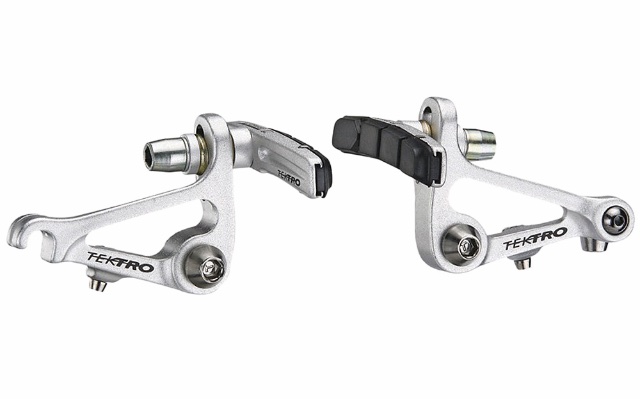
Simple, effective and inexpensive, with a triangulated profile designed to minimize flex, the Tektro CR720s suffer just one noteworthy drawback: they stick out a long way.
Besides the 50mm length of the arms, a plain, unadorned brass bushing bears directly in the cantilever boss itself instead of the ‘bushing in a housing’ pivot found on most contemporary designs. There’s no fancy, concealed balance spring or screw housing; the latter sits in a small boss cast into the arm.
There is a neat pivot-mounted straddle wire clamp designed to minimise the likelihood of fatigue. But the three small screws on the stirrup are over-complicated. (Any one would do…)
My sample came with road-style cartridge blocks on the familiar spherical multi-washer mount. Fitting was easy and the end result impressive: snappy feel with a good balance of power and progression.
Verdict: Simple, capable and affordable.
4 Shimano CX70
£54.99. Available from Shimano.
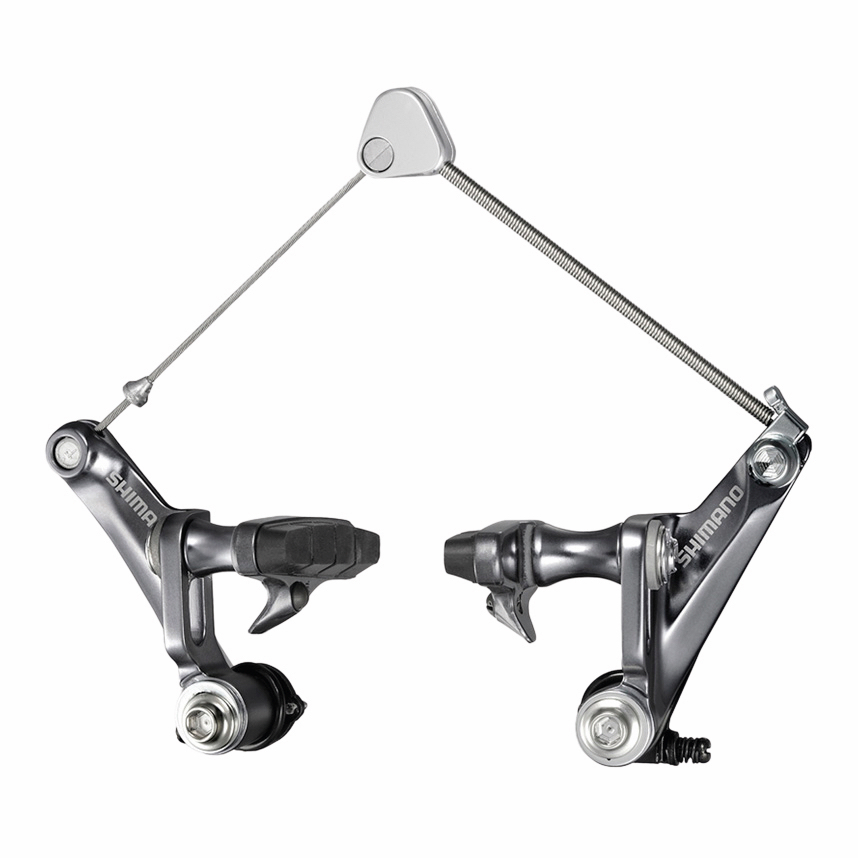
Designed to provide increased mud clearance, the CX70 is aimed at the cyclocross market. To this end, the arms’ inner faces are set back from the rim and the space between them and the brake shoes filled each side with a cylindrical spacer.
At the arm end of the spacer there’s a spherical washer, which allows simple, precise adjustment for toe-in and rim alignment. The neat part is the provision of three different-length spacers (and appropriate bolts) per arm, along with a chart that indicates the correct pair of spacers to use for any listed combination of rim width and boss spacing.
Shimano’s link-wire speeds installation. Only one length is supplied, so there’s no scope for tuning beyond swapping brake block spacers to alter straddle angle.
Performance is impressive: smooth, progressive, and powerful without feeling notably spongy. They are not the prettiest cantilever brakes ever made, but they work.
Verdict: The racer’s choice.

